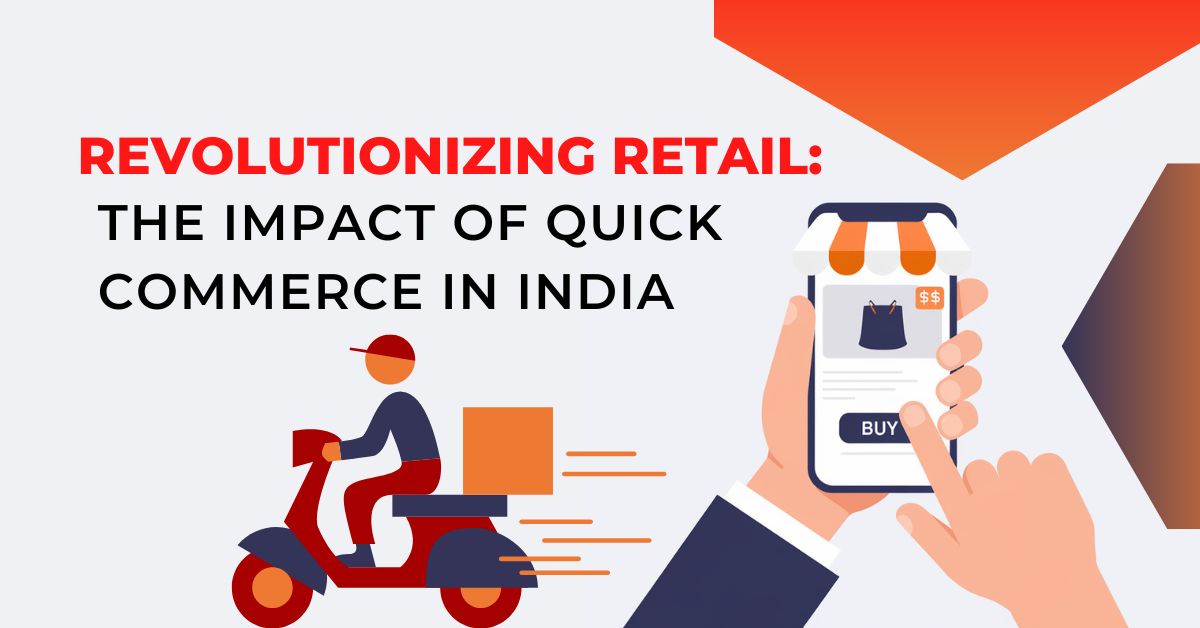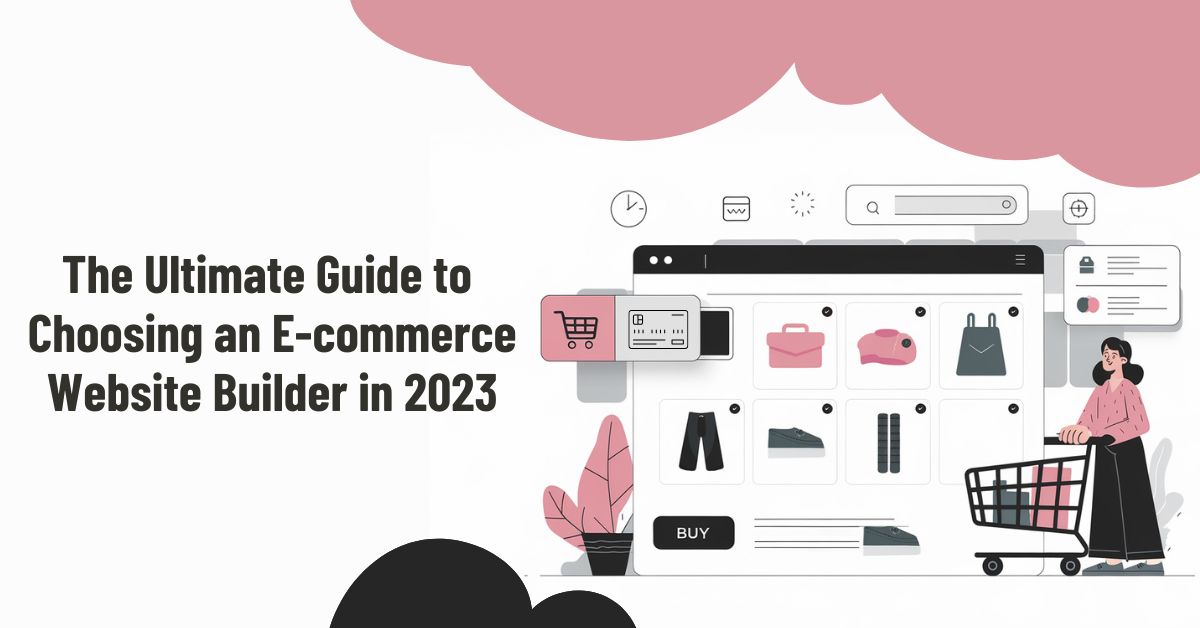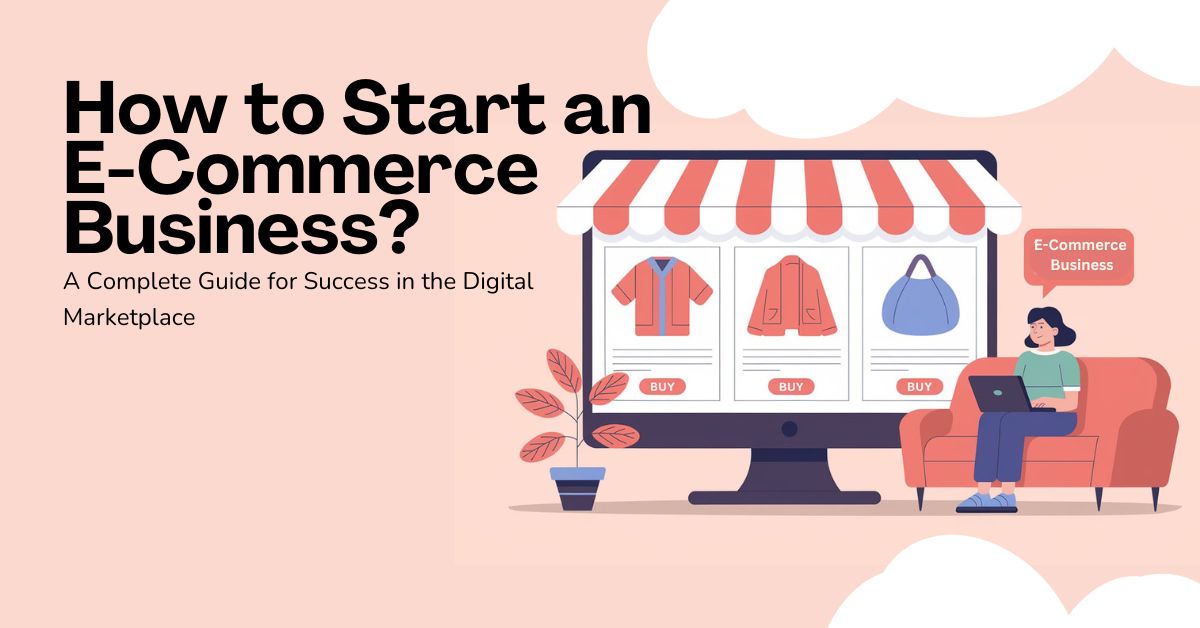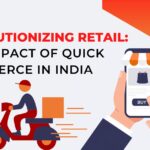# How Quick Commerce is Revolutionizing Retail in India
### Introduction
In an era where speed and convenience shape consumer expectations, quick commerce has emerged as a game-changer in the retail landscape. Quick commerce in India is transforming how consumers access daily essentials and non-essential items, reflecting a broader shift towards instant gratification and efficiency. As the demand for rapid delivery grows, traditional e-commerce models are evolving to prioritize the immediate needs of customers. This blog post delves into the phenomenon of quick commerce in India, exploring its significance, the dynamics propelling this trend, and its implications for the future of retail.
### Understanding Quick Commerce
Quick commerce, often abbreviated as q-commerce, refers to the segment of e-commerce that focuses on delivering products to consumers within a remarkably short period, ranging from minutes to a couple of hours. Unlike traditional e-commerce, which typically involves a waiting period of days, quick commerce hinges on speed, promising an almost instant delivery experience. This model requires a sophisticated logistics network capable of handling high-demand orders swiftly to meet consumer expectations.
#### How Quick Commerce Works
The logistics behind quick commerce are intricate and innovative, relying on a decentralized network of micro-fulfillment centers strategically placed in close proximity to urban hubs. These centers house limited inventory of high-demand products, allowing for rapid dispatch. Delivery personnel or couriers, often operating on a gig economy model, act swiftly to transport goods from these centers to the consumer’s doorstep within the promised time frame. This logistics paradigm leverages advanced algorithms for routing and inventory management, ensuring that speed does not come at the cost of efficiency or reliability.
### The Rise of Quick Commerce in India
India has witnessed a meteoric rise in quick commerce, propelled by several factors that align uniquely with its socio-economic landscape. The rapid adoption of smartphones, increased internet penetration, and a burgeoning middle class with disposable income have created a fertile ground for quick commerce to thrive.
#### Market Demands & Consumer Behavior
Consumer trends in India reflect an increasing preference for convenience over price. Urban populations, particularly millennials and Gen Z, prioritize saving time and effort, fueling the demand for rapid delivery services. The COVID-19 pandemic further accelerated this shift, as lockdowns and social distancing measures increased reliance on delivery services for daily necessities. This heightened the expectation for not only availability but also the immediacy of goods, embedding quick commerce into the fabric of Indian consumer behavior.
### Key Players in the Indian Quick Commerce Landscape
The quick commerce industry in India is populated by several prominent players, each contributing uniquely to the sector’s growth and dynamism. Companies like Dunzo, Swiggy Instamart, BigBasket, Blinkit (formerly Grofers), and Zepto are at the forefront, striving to capture a share of this burgeoning market.
Dunzo started as a hyperlocal delivery service in Bangalore and quickly expanded to several cities, offering delivery for everything from groceries to medicines. Swiggy Instamart, an offshoot of the food delivery giant Swiggy, has entered the fray with a focus on groceries, emphasizing reliability and quick turnarounds. BigBasket, a pioneer in online grocery retail in India, has integrated a quick commerce element to its model, enabling customers to receive products in a matter of hours. Blinkit has rebranded and revamped its logistics to focus intensively on quick service, while new entrant Zepto specifically targets the hyperlocal quick delivery niche for groceries and everyday items.
### Benefits of Quick Commerce
The benefits of quick commerce are multifaceted, resonating with both consumers and businesses. For consumers, the immediate advantage is convenience. The ability to receive products almost as soon as the need arises alleviates the effort and time traditionally associated with shopping. This model responds to modern lifestyle demands where time is a premium commodity.
For businesses, quick commerce represents an opportunity to tap into new consumer bases and deepen customer loyalty. By offering rapid delivery, companies can differentiate themselves from competitors, enhancing customer satisfaction and repeat patronage. Moreover, the insights gleaned from quick commerce operations aid in refining inventory management and operational efficiencies, providing a competitive edge in the fast-paced retail sector.
### Challenges Facing Quick Commerce in India
Despite its promising potential, quick commerce in India faces a series of formidable challenges. Infrastructure issues, such as congested urban environments and uneven road conditions, can impede timely deliveries. Regulatory challenges related to labor laws and gig economy employment structures can also present obstacles. Additionally, the increased competition among companies places pressure on pricing strategies and operational margins.
#### Addressing Logistical Challenges
To overcome these challenges, innovative solutions are pivotal. Investment in advanced logistics technology enables more efficient routing and inventory management. Companies are exploring the potential of electric vehicles and bicycle couriers to navigate urban grids sustainably, reducing carbon footprints and delivery times. Partnerships with third-party logistics providers offer flexible scale-up solutions, allowing businesses to adapt quickly to demand fluctuations.
### Future Trends and Innovations
The future of quick commerce in India promises continued evolution and innovation. As technology advances, concepts like drone delivery and autonomous vehicles may become integral to the quick commerce landscape, further reducing delivery times and enhancing efficiency. Enhanced AI logistics will play a crucial role in predictive analytics, helping businesses anticipate consumer needs and streamline supply chains. Moreover, sustainability will be a key focus, with more companies adopting eco-friendly practices and packaging to meet the rising consumer demand for responsible consumption.
### Conclusion
Quick commerce is reshaping the Indian retail ecosystem, offering unprecedented convenience and transforming consumer expectations. Its impact on the economy is significant, driving innovations in logistics and supply chain management while creating new employment opportunities. However, achieving long-term sustainability requires addressing existing challenges and embedding future technologies strategically. As quick commerce continues to evolve, its potential to revolutionize the retail sector in India remains immense, promising growth and innovation in equal measure.
### Call to Action
We’d love to hear your thoughts on the rapid evolution of quick commerce in India. Share your experiences and predictions in the comments below! For more insights into the dynamics of retail transformation and emerging market trends, subscribe to our blog. Stay updated with the latest in retail tech and strategy by connecting with us on social media.







